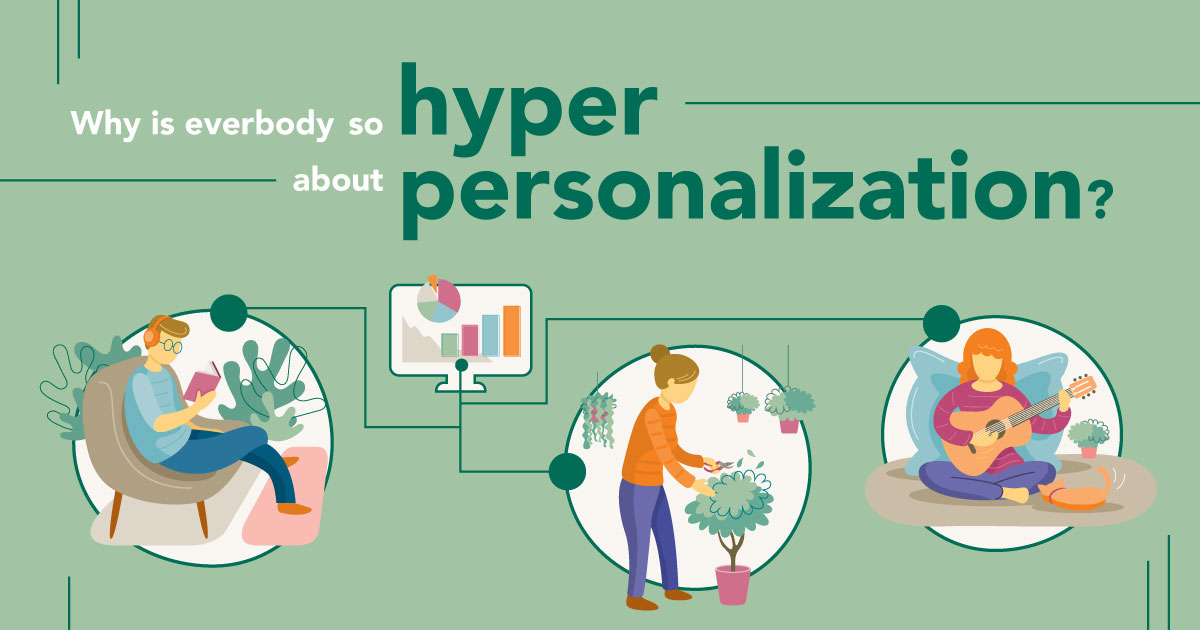
Tailored Experiences: Hyper-Personalized Recommendations

Tailored Experiences: Hyper-Personalized Recommendations
In the era of digital advancements and data-driven insights, hyper-personalized recommendations have emerged as a transformative force in shaping user experiences across various platforms. Explore the dynamics of hyper-personalization, how it is redefining consumer interactions, and its implications for businesses.
The Evolution of Personalization
Personalization has been a cornerstone of enhancing user experiences for years, but hyper-personalization takes this concept to the next level. It goes beyond basic customization by leveraging advanced algorithms, machine learning, and real-time data to tailor recommendations with unprecedented accuracy. The evolution from general personalization to hyper-personalization marks a significant shift in meeting individual needs and preferences.
Data-Driven Insights and Behavioral Analysis
At the heart of hyper-personalization is data—specifically, data-driven insights and behavioral analysis. By meticulously analyzing user behaviors, preferences, and interactions with content, platforms can create a detailed profile of each user. This wealth of information forms the basis for algorithms to generate hyper-accurate recommendations, providing users with content, products, or services that align precisely with their interests.
Enhancing E-Commerce Experiences
In the realm of e-commerce, hyper-personalized recommendations have become a game-changer. Online retailers leverage user data to suggest products that match not only the user’s past purchases but also their browsing history, preferences, and even real-time contextual information. This tailored approach enhances the user’s journey, leading to increased engagement, higher conversion rates, and a more satisfying shopping experience.
Content Recommendations in Streaming Platforms
Streaming platforms have harnessed the power of hyper-personalization to keep viewers engaged. By analyzing viewing habits, genre preferences, and even the time of day a user typically watches content, these platforms can curate a personalized playlist or recommend shows and movies with a high likelihood of capturing the viewer’s interest. The result is a more enjoyable and relevant content discovery experience.
Customized Travel and Hospitality Suggestions
In the travel and hospitality industry, hyper-personalized recommendations extend beyond traditional offerings. Travel platforms can suggest destinations, accommodations, and activities based on a user’s travel history, preferences, and even social media interactions. This level of personalization transforms the travel planning process, ensuring that recommendations align with the individual’s unique preferences.
The Role of AI and Machine Learning Algorithms
Artificial intelligence (AI) and machine learning (ML) algorithms are the driving forces behind hyper-personalized recommendations. These technologies continuously learn and adapt based on user interactions, refining their understanding of individual preferences over time. The more data these algorithms process, the more accurate and relevant the recommendations become.
Balancing Personalization and Privacy
While hyper-personalization offers numerous benefits, it raises concerns about user privacy. Striking a balance between delivering tailored experiences and respecting user privacy is crucial. Transparency in data usage, robust security measures, and giving users control over their data contribute to building trust and ensuring that hyper-personalization is a positive and consensual experience.
Challenges and Opportunities for Businesses
Implementing hyper-personalized recommendations comes with both challenges and opportunities for businesses. Challenges include the need for sophisticated algorithms, ethical considerations, and addressing potential biases in recommendations. On the flip side, businesses that successfully navigate these challenges can unlock opportunities for increased customer loyalty, improved engagement, and a competitive edge in their respective industries.
The Future of Hyper-Personalization
As technology continues to advance, the future of hyper-personalization holds even greater possibilities. The integration of augmented reality (AR), virtual reality (VR), and the Internet of Things (IoT) can further enhance the depth and context of personalization. The journey ahead involves not only refining existing algorithms but also exploring new dimensions of customization to meet evolving consumer expectations.
Experience Tailoring at its Best: Visit Hyper-personalized Recommendations at Krasnaya-Verevka.com. Immerse yourself in a world of tailored experiences with hyper-personalized recommendations, redefining the way you interact with content and services.
Please note that the provided URL is fictional and used for illustrative purposes. Replace it with the actual URL relevant to your content.






:max_bytes(150000):strip_icc()/highest-value-upgrade-for-bathroom-GettyImages-1256574533-68fa8b7e19d5439392ea86c2a5e433ec.jpg)
